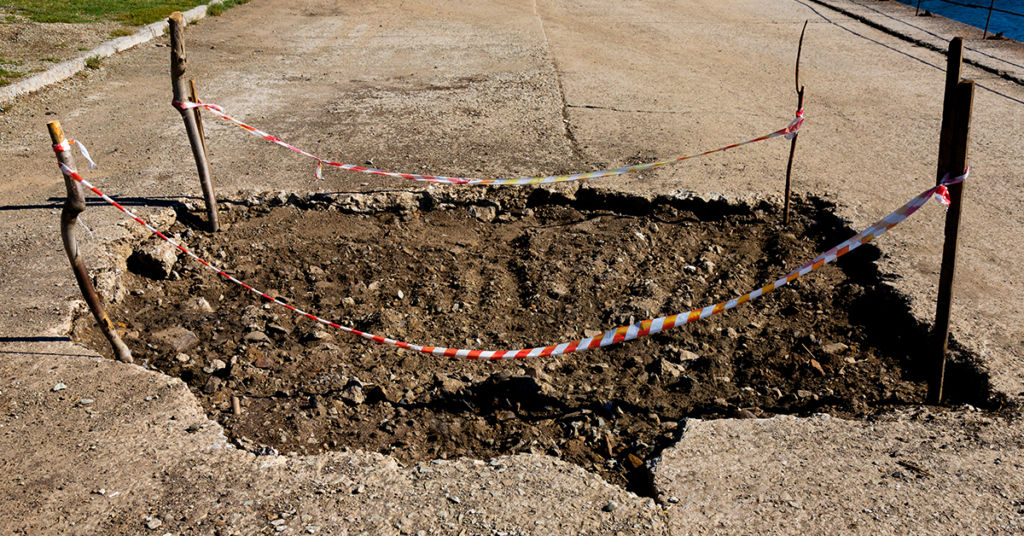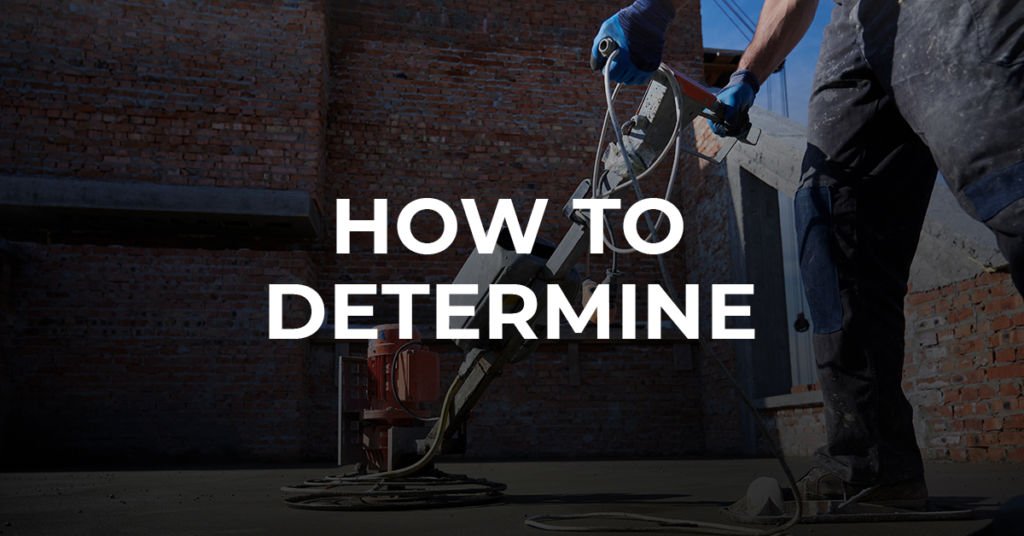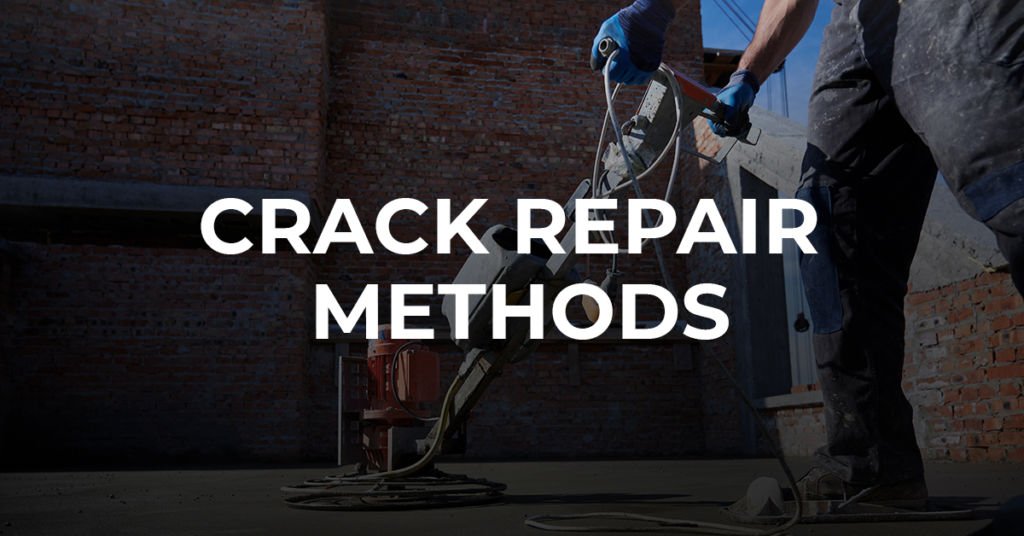
What Are the Different Concrete Crack Repair Methods?
John Souffront

Concrete repair uses various techniques, including epoxy injection, routing and sealing, grouting, stitching, drilling and plugging, and gravity filling. This blog will discuss all these different concrete crack repair methods and what importance each method withholds.
If you wish to know about concrete restoration, you may check out this blog. Feel free to continue below if you are knowledgeable about concrete restoration and only want to know about the different concrete methods for crack repair.
How to Determine the Most Appropriate Technique in Concrete Crack Repair?
Identifying the root cause of a crack in a structure is the first step in deciding which concrete repair technique will be most effective. Only when we find the root cause of the problem, i.e., we identify the specific type of crack can we choose an appropriate solution. For instance, if drying shrinkage were the primary cause of the cracking, the cracks would probably stabilize after some time. However, if the foundation is continually sinking, repairs will be useless until one addresses the underlying cause of the fissures.
Different Concrete Crack Repair Methods to Understand
Epoxy Injection
When a crack is less than 0.002 inches wide, professionals leverage epoxy injection to repair it (0.05 mm). The method involves sealing the crack on the exposed surfaces, then injecting the epoxy under high pressure through the entrance and venting ports set up at regular intervals along the cracks.
Concrete constructions, such as buildings, bridges, and dams, can have concrete crack repair with epoxy injection (ACI 503R).
A recurrence of cracking is likely to occur close to the original crack unless we address the underlying cause. However, if the source of the fractures doesn’t receive elimination, two alternatives exist.
Either build a junction that will allow for the movement and then inject the crack with epoxy or another acceptable substance, or rout and seal the crack, thus treating it as a joint. If the fractures are actively leaking and we cannot dry them, this method is not applicable, except for certain moisture-tolerant epoxies.
We can inject moisture-tolerant polymers into wet fractures. However, impurities (such as silt and water) might lessen the epoxy’s structural repair capabilities. A low-modulus, flexible glue that we inject into a fissure will prevent excessive movement in the concrete.
Because of the small layer of material and the considerable lateral constraint given by the surrounding concrete, a flexible adhesive’s effective modulus of elasticity in a crack is essentially the same as that of a rigid adhesive. Therefore, it takes a lot of practice and expertise to master the art of epoxy injection, and the temperature in the area where you plan to use it may restrict its usefulness.
Routing And Sealing
When repairing cracks, utilize a crack sealer that won’t compromise the structure or functionality. Furthermore, they need to prevent hazardous materials from getting inside.
One repairs cracks through this method when just cosmetic repairs are necessary rather than structural ones. In this technique, we widen the initial surface crack (routing) and then seal using a joint sealant.
Because the process is straightforward and does not require special knowledge or skills to mend the cracks, it sees frequent application. It is typically laid down on level ground, such as a floor or pavement. In addition to horizontal and vertical surfaces, it also works on curved ones.
You can patch all sizes of cracks, from the tiniest hairline to the largest fissure, with this procedure. Concrete sealants get made from epoxies, silicones, or asphalt.
To reduce the risk of cracking, cement grouts are rarely used. Use caution while applying sealant if the area is in use for something other than what was the intention.
In this technique, a concrete saw, a hand tool or a pneumatic tool helps cut a groove in the concrete, with the depth ranging from 6 mm to 25 mm. Following this, we use water or air blasting to clean the groove thoroughly.
We then set a drying time for the groove. The sealant then gets pressed into the groove once it has cured completely. The surface can have normal utilization once the curing process is complete.
Stitching
This method involves drilling holes on either side of the crack. After the holes get sealed, the legs of the stitching dogs get bonded to them with either non-shrink grout or an epoxy-resin-based bonding technique. It’s recommended that the stitching dogs’ length and/or orientation be flexible.
We must place such that the stress that the crack’s transmission induces is has a uniform distribution throughout a larger area. This is the ideal way to restore tensile strength over large cracks.
Providing Additional Reinforcement
a) By Conventional Reinforcement
You can fix cracks in reinforced cement concrete with this technique. Initially, this procedure uses a sealer to fill in the crack. Next, we drill holes with a diameter of about 20 mm, crossing the crack plane at about 90 degrees. Following this, we insert epoxy reinforcement bars measuring 12 mm or 16 mm in diameter with their ends reaching at least 500 mm on either side of the crack. Finally, we set the distance between reinforcement bars depending on the cracks’ depth or structural engineers’ advice.
b. By Prestressing Steel
This procedure is commonly chosen when you need to strengthen a significant portion of a component or have a concrete crack repair. When employing this technique, we apply a compressive force using prestressing strands or reinforcement bars. Therefore, the prestressing steel must have adequate anchoring.
Drilling and Plugging Method
For this technique, we bore a hole along the length of the crack, with a diameter of 50 mm to 75 mm. After cleaning and filling the hole with grout, the problem disappears. The grout key’s job is to stop the adjacent concrete from shifting as the fracture widens. The key is also useful in preventing soil erosion from behind a leaking wall and heavy water seepage via fractures.
Gravity Filling Method
Gravity filling can seal fractures with surface widths of 0.001 to 0.08 in. (0.03 to 2 mm) using low viscosity monomers and resins. Methacrylates with high molecular weight, urethanes, and various epoxies with low viscosities have all been utilized successfully.
We can fill smaller cracks with more precision if there’s a decrease in viscosity. Typically, air or water blasting are there to clean the surface. To get the most effective results while filling up cracks, you should wait several days for wet areas to dry. These fissures might be cleaned and ready for repair with water blasting and drying time.
Testing the efficiency of crack filling with core samples obtained at the cracks is a common practice. It is possible to gauge how deep penetration has the sealant made. It is possible to do shear (or tension) tests by applying a force perpendicular to the cracks after they have been patched (as long as reinforcing steel is not present in the core in or near the failure area). When we repair a crack in some polymers, another crack will form on the outside.
Grouting Method of Crack Repair
Portland cement grouting
Portland cement grout is a viable option for a large concrete crack repair, especially in gravity dams and thick concrete walls. This procedure works if you want to stop water leaks, but it won’t structurally bind the portions containing fractures.
The technique involves:
- Cleaning the concrete adjacent to the crack,
- Inserting built-up seats (grout nipples) at regular intervals astride the crack (to establish a pressure-tight connection with the injection device),
- Crack sealing with cement paint, sealer, or grout,
- Flushing the crack to clean it and testing the seal
- Grouting the entire region.
Depending on the depth of the fracture, grout can be made from cement and water or cement, sand, and water.
To achieve the highest possible strength and the least possible amount of shrinkage, the water-cement ratio should be as low as is practically possible. It’s possible to modify the grout’s performance by adding water reducers or other admixtures.
We can also use an injection gun manually for smaller amounts, while a pump for greater amounts. Maintaining pressure for several minutes after filling the crack is a preference for optimal penetration.
Chemical Grouting
Instead of a suspension of solid particles in a fluid, like cement grouts are, chemical grouts are solutions of two or more chemicals (such as urethanes, sodium silicates, and acrylamides) that mix to form a gel, a solid precipitate, or a foam. Chemical grout has been used to seal concrete cracks as small as 0.05 mm wide. Because of their versatility, chemical grouts can be used when moisture is abundant, control over the gel time can be exercised over a broad range, and even the tiniest cracks can be filled. However, they are weak and need great skill to use effectively.
Overlay and Surface Treatments
If there is no risk of further considerable movement across the cracks, one can leverage a bonded overlay or surface treatment to fix fine surface cracks in structural slabs and pavements. For example, we can use an unbonded overlay to cover a slab , but cannot repair it. In addition, you can repair cracks resulting from individual events that do not extend deeply into the slab using overlays or other surface treatments.
Surface treatments
Even the tiniest fissures are dealt using low solids and low viscosity resin-based systems to seal the concrete surfaces. Their optimal application is on low-traffic, low-wear surfaces. After cracks have been fixed by injecting epoxy or routing and sealing, the coating process can proceed successfully on bridge decks, parking structure slabs, and other interior slabs. Different materials and treatments call for different thicknesses, but typically anywhere from 0.04 to 2.0 in (1 to 50 mm) are applied to materials such as urethanes, epoxies, polyesters, and acrylics. Traction can be increased by adding skid-resistant pebbles to the mixture or spreading them on the surface.
Overlays
Overlaying a slab with a mortar or concrete made from polymer-modified Portland cement or silica fume can fix any hidden flaws. For example, putting joints in the overlay right over the functioning cracks allows for overlaying of slabs with cracks. In the case of highway bridges, overlays as thin as 1-1/4 inches (30 millimeters) have been employed with great success. Styrene butadiene or acrylic latexes are two examples of polymers that would work well in this application. The Minimum resin solids content in preference for Portland cement is 15% by weight, with 20% being the benchmark.
Final Words
This was all about the different concrete crack repair methods you must know and how they come in handy. So next time you ever face problems like cracks in places, you know what to do.
If you aim to partner with highly professional and experienced concrete repair contractors, Souffront Construction and Engineering is where your search ends. Recognized for providing the best 40 year recertification, IR thermography, and concrete repair services, we aim to understand your needs and provide a solution rather than just looking at the issue. You can contact our support team to know more about our concrete repair and restoration services.
John Souffront
John Souffront is a seasoned leader in the construction and engineering industry, with over a decade of experience at the helm of Souffront Construction & Engineering. Known for his unwavering commitment to excellence and innovation, John has propelled his firm to the forefront of the field, delivering cutting-edge solutions for complex projects around the country.
Build Your Project
Ensure safety and compliance on your construction site with our experienced team. Call us today.
Contact Us



